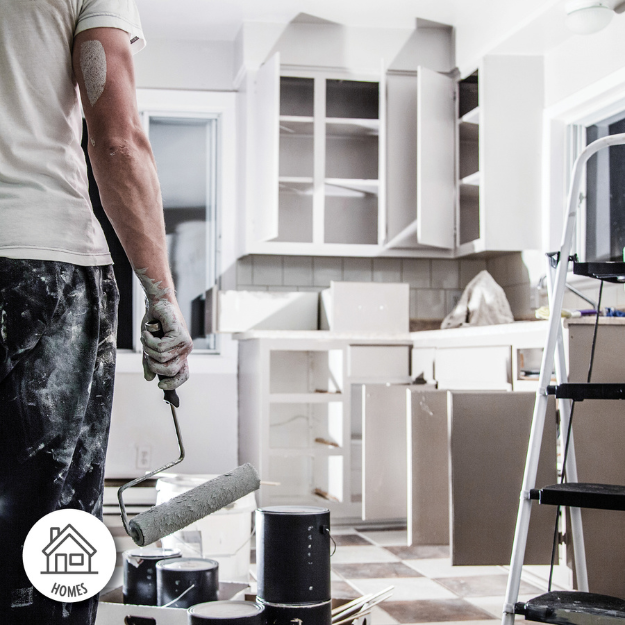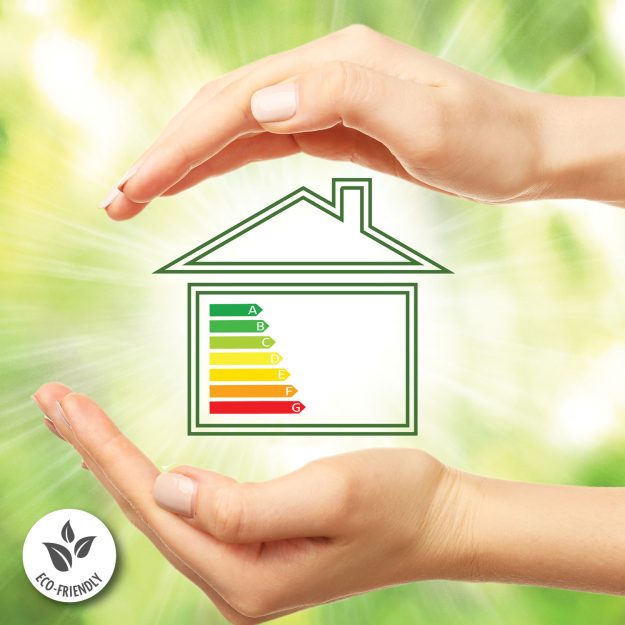What Kind of Home Improvement Projects Will Add Value to My Home?
Q: I’m doing work on my house soon, so it has me wondering how I can increase my home’s value at the same time. What kind of home improvements can add value to my home?
A: Renovating your home with an eye toward its future value can help you recoup the costs of the project – and more. Here are five home improvement projects that can boost your home’s value when it comes time to sell.
Kitchen remodel
The biggest return on investment in home projects is the kitchen. This is where realtors and interested buyers usually spend the most time while checking out a new home. And the kitchen is the hub of many households.
The most recent Cost vs. Value Report shows that a kitchen remodel involving cosmetic changes like new floors, cabinet fronts and appliances, can net an 85.7% return on investment (ROI). For example, a $26,790 kitchen remodel can add $22,963 to a home sale. If you do go with a kitchen remodel, keep costs down. A major remodel, such as replacing cabinets, adding custom lighting and expensive appliances will likely not return as much as a more modest renovation.
Bathroom remake
Next up, the bathroom. Potential buyers pay these areas extra attention. Updated walls, floors and fixtures can really make your home more marketable. Plus, you can charge more for your home when the bathrooms have been remodeled. According to the RenoFi Renovation Index, a mid-range bathroom remodel has an ROI of 64% while an upscale remodel can net a 56% return.
Upgrade your insulation
Improving your home’s insulation generally pays for itself when you sell your home, according to the Remodeling Impact Report. However, in addition to breaking even on the cost of the project, your home will feel warmer in winter and lower your energy bills.
Basement conversion
Converting a basement into a livable area can be another fabulous way to increase the value of your home. According to the National Association of Realtors, a basement conversion can cost $57,500 on average while bumping your home value up by $49,250 for an 86% ROI.
Replace your roof
A roof replacement is one of the most expensive homeowner jobs, so a new roof can significantly boost your home’s resale value. According to the 2022 Remodeling Impact Report, a new roof at $12,000 will easily pay for itself. However, a larger, metal roof, at $52,436, will only boost a home’s value by $28,196, netting you a 54.8% ROI.
What determines if a renovation will add value to your home?
In addition to the type of remodeling job, several other factors can determine if home improvements will increase the value of your home, including:
- Current real estate market
- Home décor trends
- Quality of the work
- Materials used
- Buyer preferences
Are there any home renovations that can decrease the value of my home?
Believe it or not, yes, some remodeling projects can lower home value. This includes renovations that are highly personalized, converting bedrooms into closets and remodels that require ongoing maintenance.
Are you looking to fund a home improvement project through a HELOC? Call, click or stop by today to get started. Our favorable rates, generous eligibility requirements and easy terms, make a HELOC a great choice.




